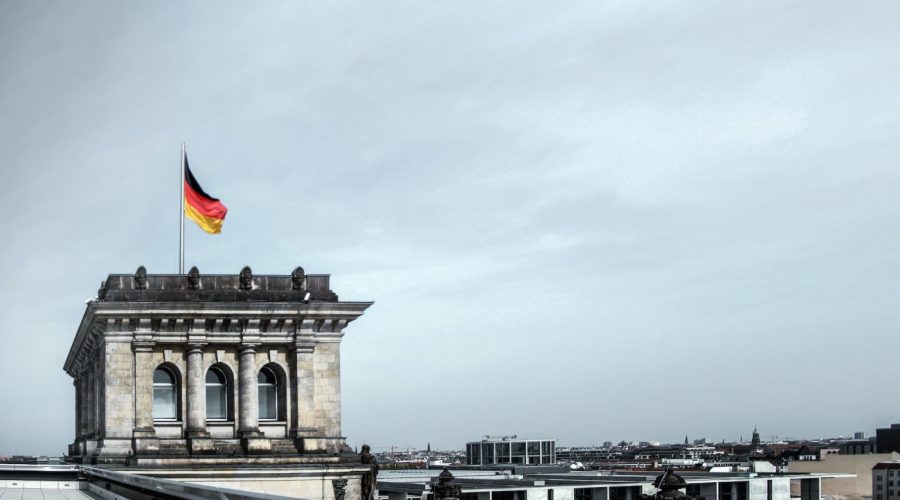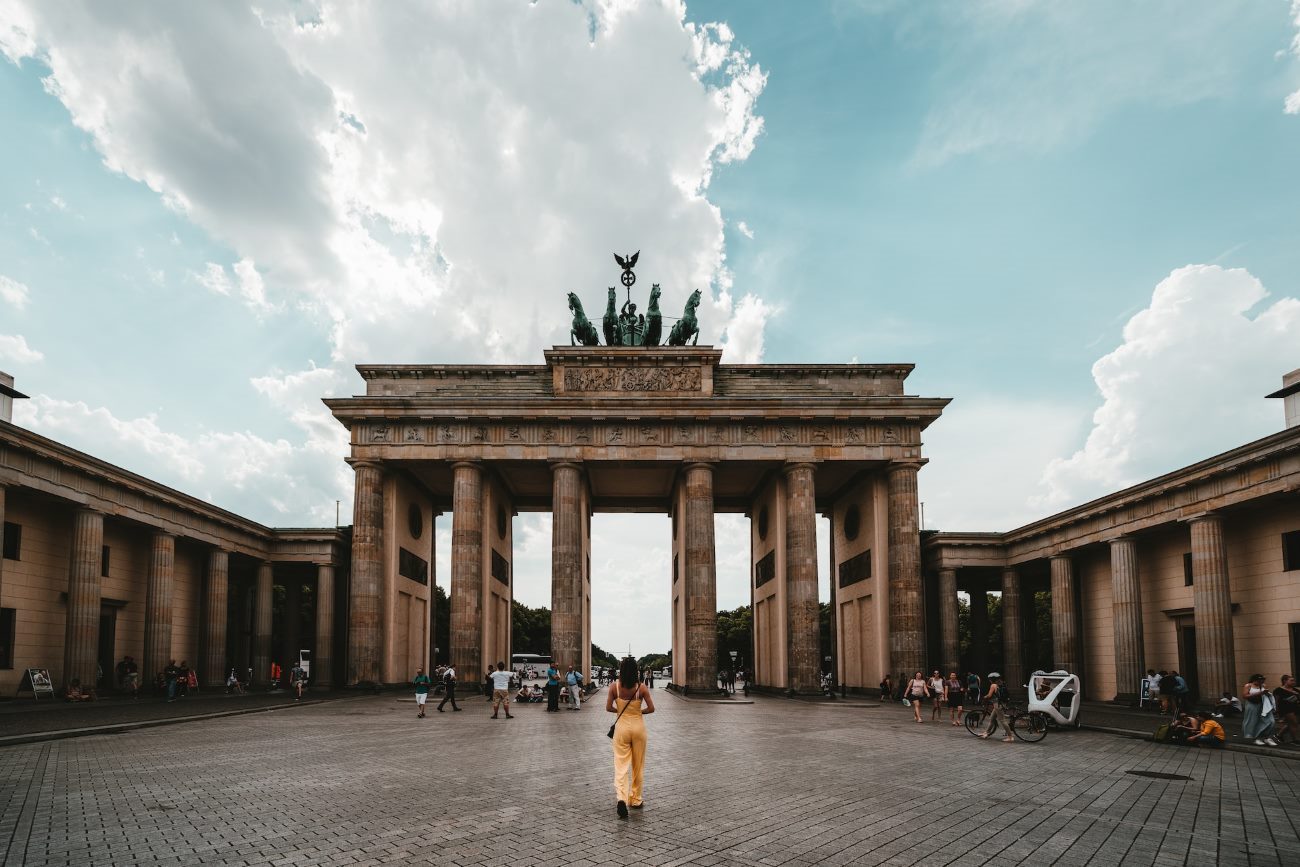Why Should You Visit the Museum of Film and Television in Berlin, Germany?
If you are an overenthusiastic film and television person who wants to be in Berlin, Germany, then the Museum of Film and Television is a must-have destination on your list of all stops to be made. This legendary museum shows an interesting trip, witnessing the evolution of cinema and tv from their infancy. Now let’s get lost in the great world of the Museum of Film and television in Berlin.
A Brief Overview
The Museum of Film and Television, also going by the name Filmmuseum Berlin, was founded in 1963 based in the historic Sony Center on Potsdamer Platz. It acts as a gateway to all film enthusiasts, historians and curious visitors and a place that pulls together a wonderful assortment of artifacts, exhibitions and interactive displays in celebration of the art and technology of the moving image.
Exhibitions and Collections
The museum possesses an extensive collection of over 13,000 films ranging from classics, to documentaries and avant-garde work from Germany and outside as well. Enter the universe of iconic filmmaking world of Fritz Lang, Marlene Dietrich and Wim Wenders. From all the exhibitions, you will learn how the films are made, their special effects and different types of cinematography.
The Early Years
Start your journey with the advent of the early years in the cinema genre. Learn about the industry development that took place when the Lumière brothers and George Méliès set the pace for it. With well-considered exhibitions, you will learn about the evolution of silent films, the turn to sound and how the technology has defined the way we watch movies and TV.
German Expressionism
German Expressionism is one of the museum’s highlights, a cinematic movement with roots in early 20th century. Discover great works of world recognized directors F.W. Murnau and Fritz Lang, marvelling at the incredible visual aesthetics of such films as “Metropolis” and “Nosferatu”. Learn to appreciate how German Expressionism has influenced the world of future filmmaking.
Contemporary Film and Television
In other words, so does the Museum of Film and Television giving a complete glimpse of the state today’s film and television are in. Look at the continually shifting state of the industry, from the emergence of New German Cinema in the sixties and seventies, to the worldwide success of blockbusters and streaming today. Interaction with interactive displays reflecting the employment of special effects, green screen and virtual reality technologies in contemporary production.
Special Screenings and Events
The museum also organizes special screenings, film festivals and events during the year apart from its permanent exhibitions. Whether it’s from retrospectives and tributes, or highlighting new mover and shakers in film and TV genres, there is talking about at the Museum of Film and Television. Visit their website or ask at the museum to have up to date schedule so that it improves your visit with an unusual film extravaganza experience.
Practical Information
If you’re ready to dive into this cinematic adventure, here are some useful details you need to know in order to plan your visit:
- Location: Potsdamer Str. 2, 10785 Berlin, Germany
- Opening Hours: The opening hours of the museum is daily from 10:00 am to 6:00pm except Mondays.
- Tickets: The cost of admission varies according to age and reductions. Check the museum’s website for the latest ticket information.
- Accessibility: The museum is accessible to everyone in a way that can visit the exhibitions and utilize the museum facilities.
- Guided Tours: Visits of the museum in several languages are provided for a thorough visit. Check website for tour timetable.
Get lost in the spell of the world of movie and television at the Museum of Film and Television in Berlin. Whether a cinephile, student of traditional film history or just someone wanting to know more about the magic that happens off screen, this museum is both unique and informative and will certainly leave you enthralled and entertained. Structure your visit and take a trip through the exciting history of the moving image.
Table of Contents



